And the priests came up out of the river carrying the ark of the covenant of the Lord. No sooner had they set their feet on the dry ground than the waters of the Jordan returned to their place and ran at flood stage as before…
And Joshua set up at Gilgal the twelve stones they had taken out of the Jordan. He said to the Israelites, “In the future when your descendants ask their parents, ‘What do these stones mean?’ tell them, ‘Israel crossed the Jordan on dry ground.’ For the Lord your God dried up the Jordan before you until you had crossed over. The Lord your God did to the Jordan what he had done to the Red Sea when he dried it up before us until we had crossed over. He did this so that all the peoples of the earth might know that the hand of the Lord is powerful and so that you might always fear the Lord your God.”
— Joshua 4:18-24
In their final Bible lesson of the school year, third graders learned how the Israelites arrived in the Promised Land after 40 years of wandering in the desert. With the priests holding the ark of the covenant, the Israelites crossed the Jordan River. Once they reached the other side they made a monument of 12 stones—one for each of the tribes. This monument stood for God’s faithfulness to the Israelites and that God kept his covenant with them.
Students also studied the work of artist Andy Goldsworthy, a British artist and sculptor known for his site-specific sculptures and land art. Andy uses natural elements to create his art. With Andy’s work and this Bible story as inspiration, each third grader created a monument that stood for God’s faithfulness to their family during their time of distance learning and quarantine.
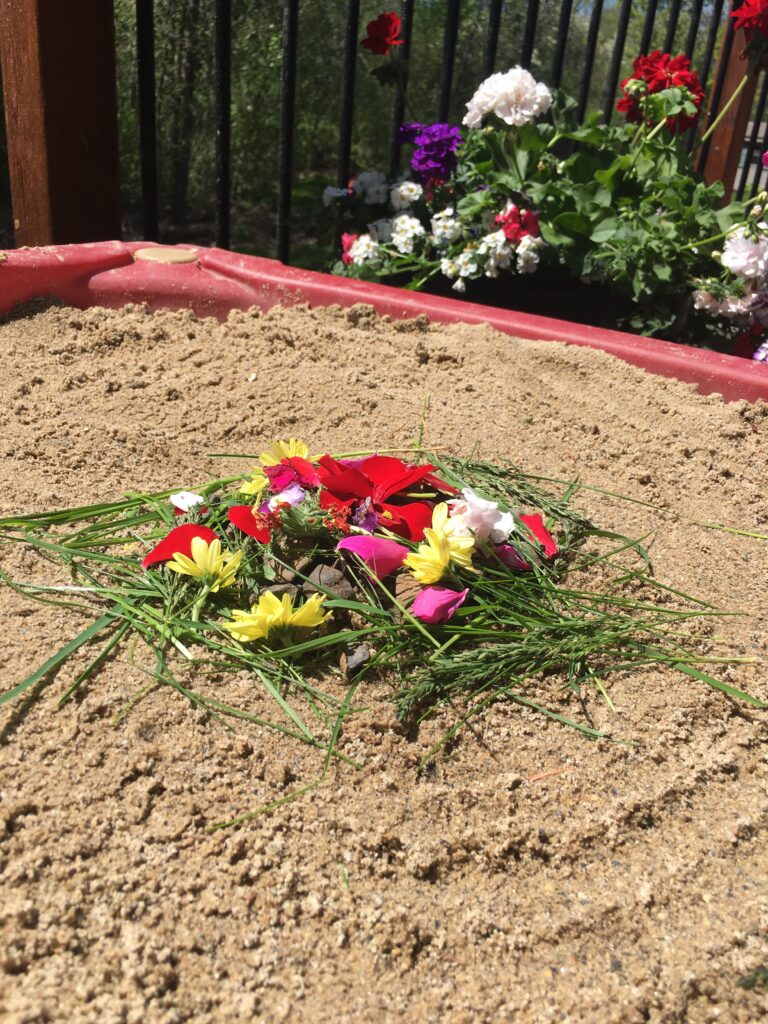
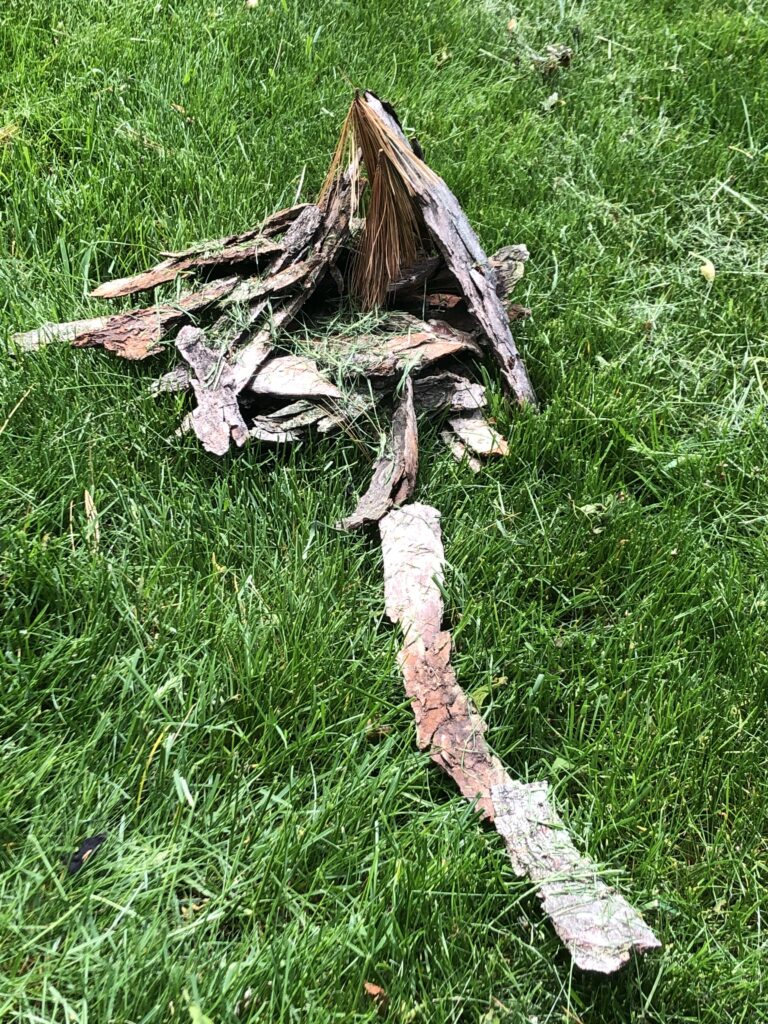
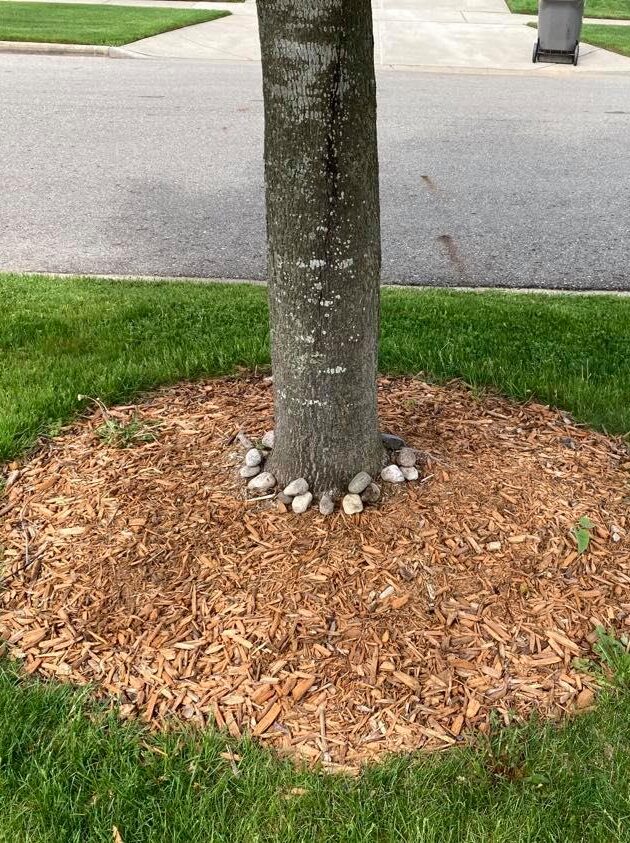
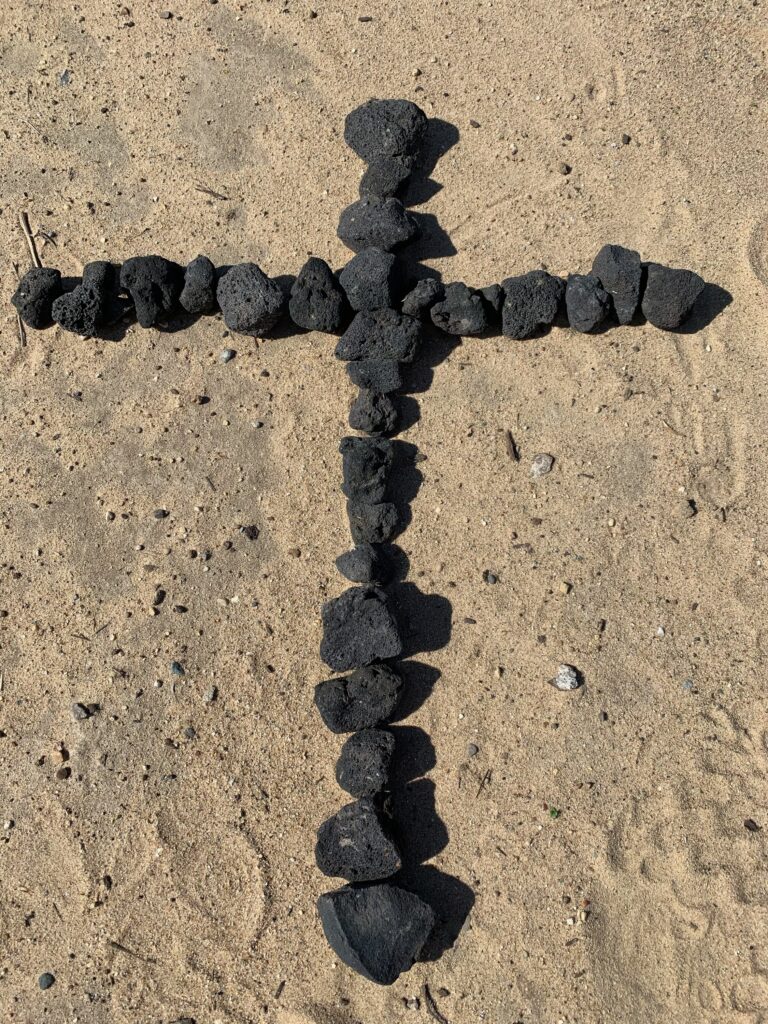
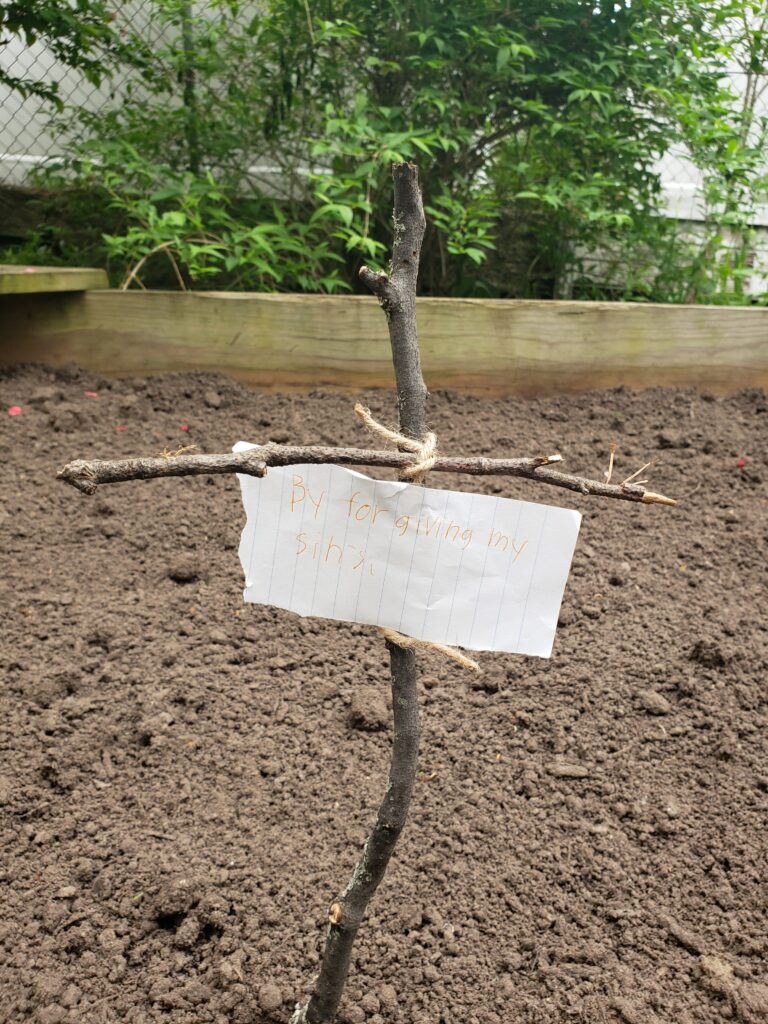
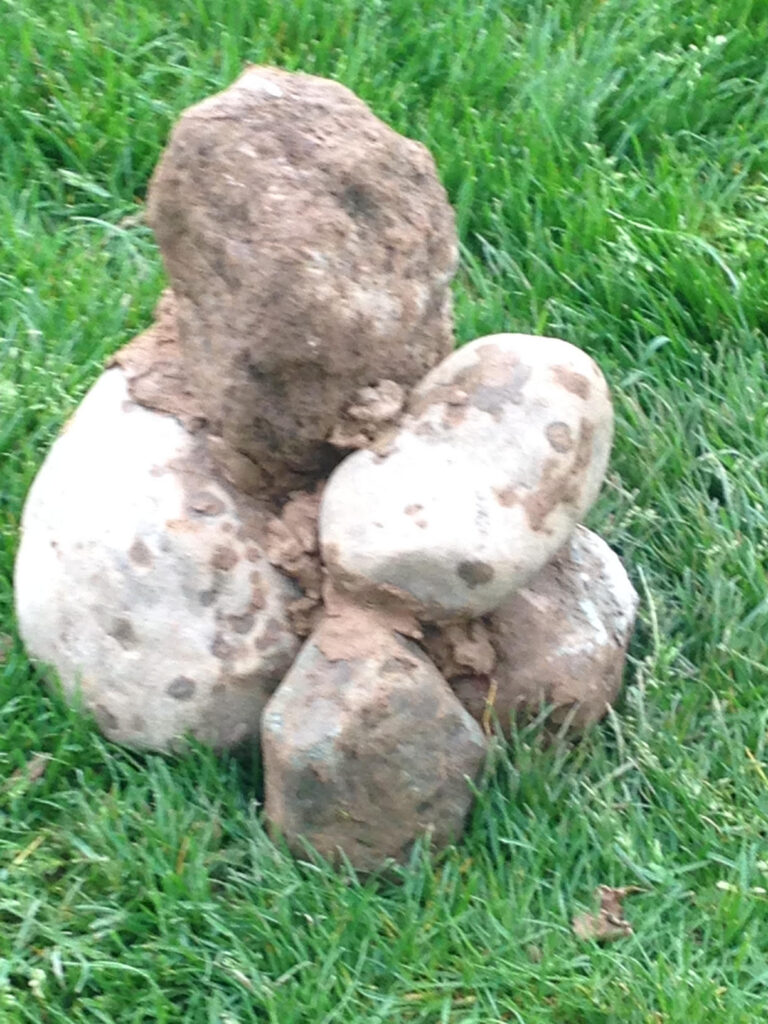
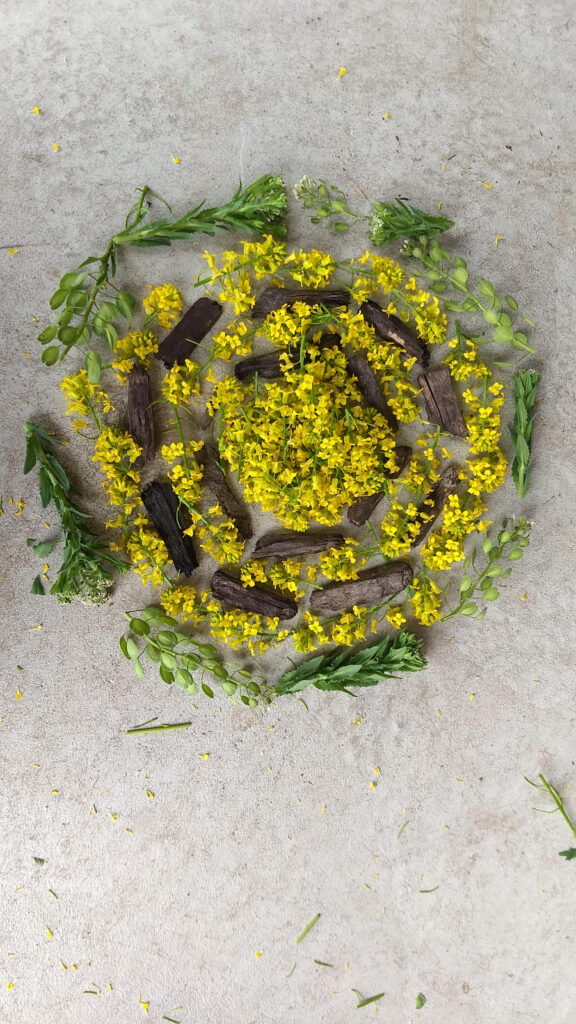
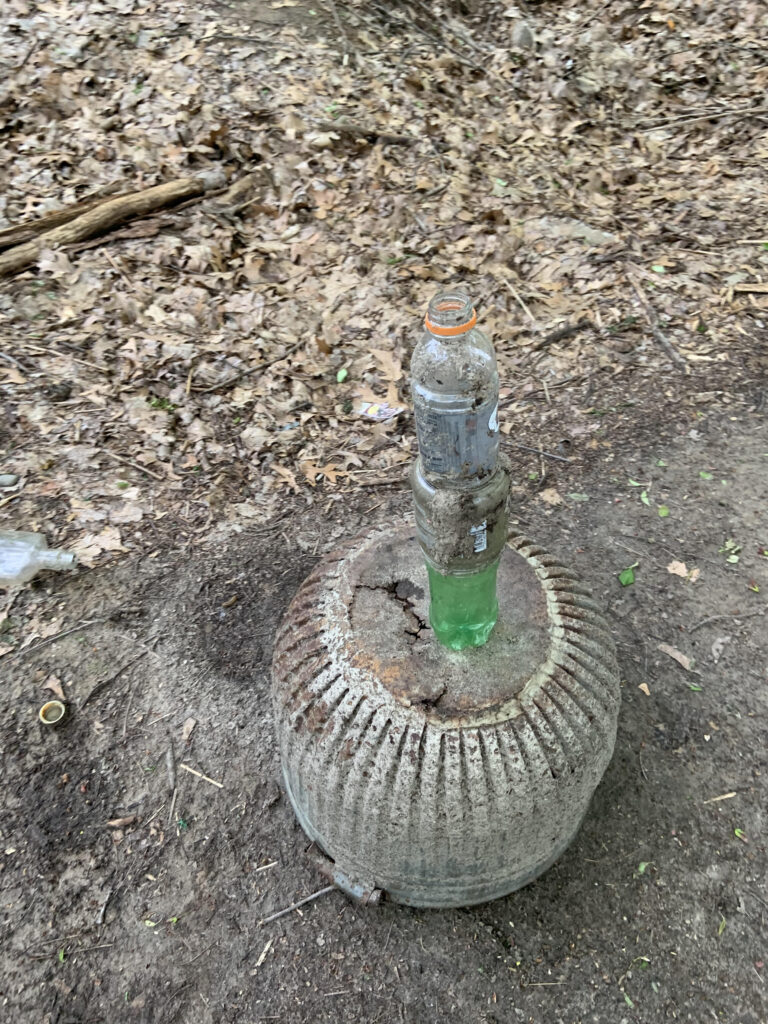
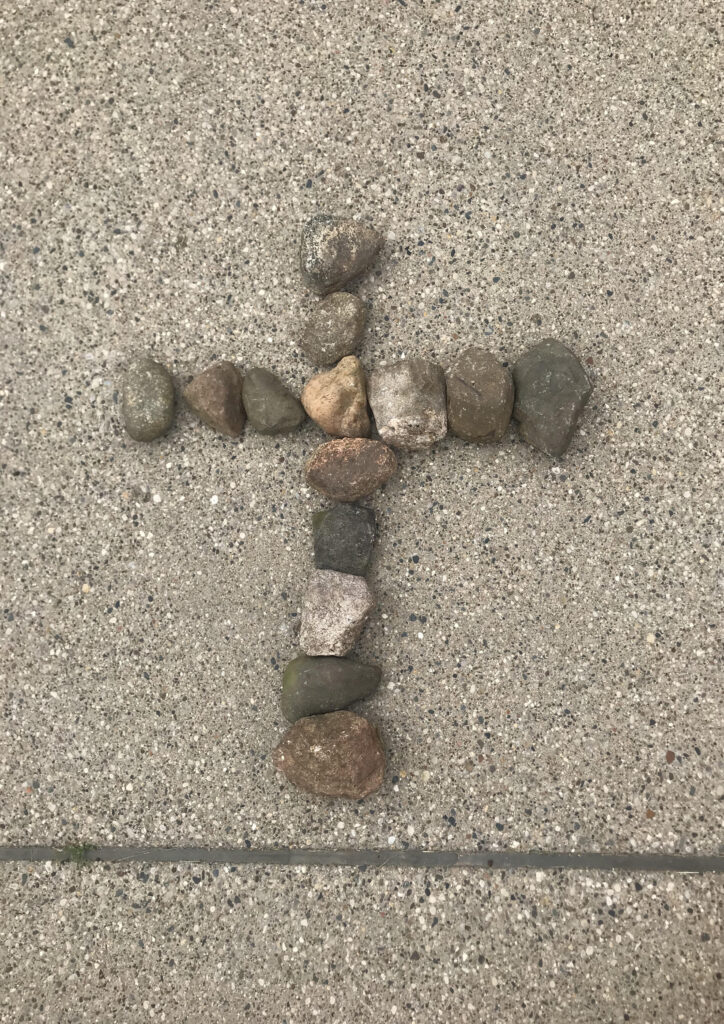
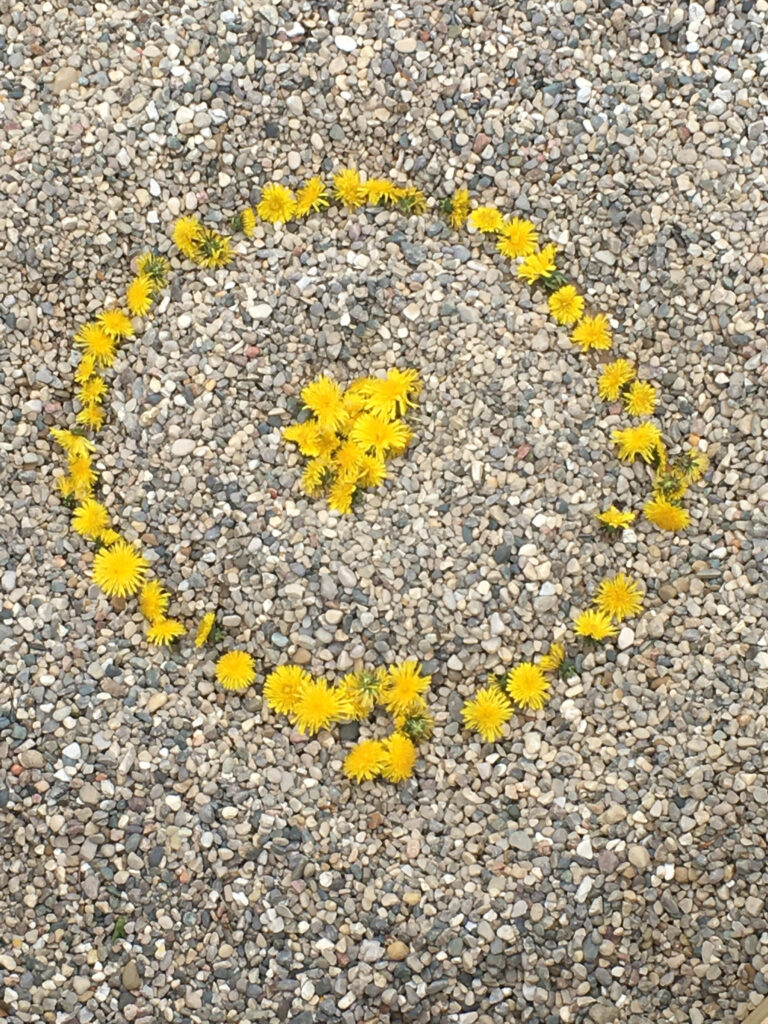
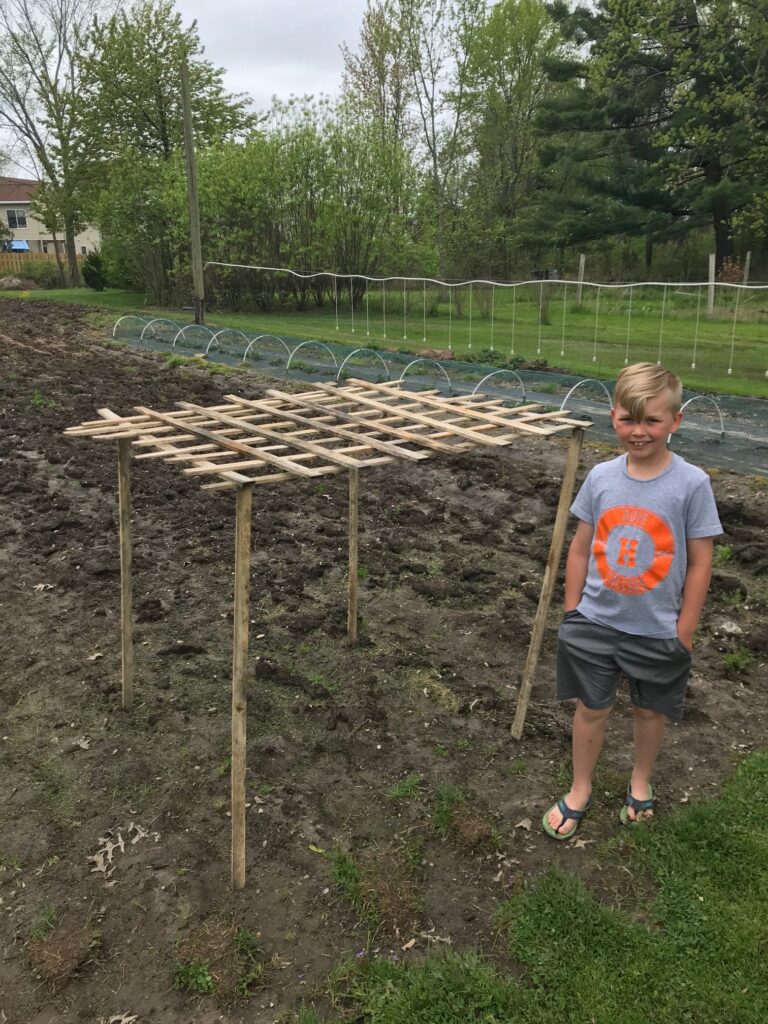
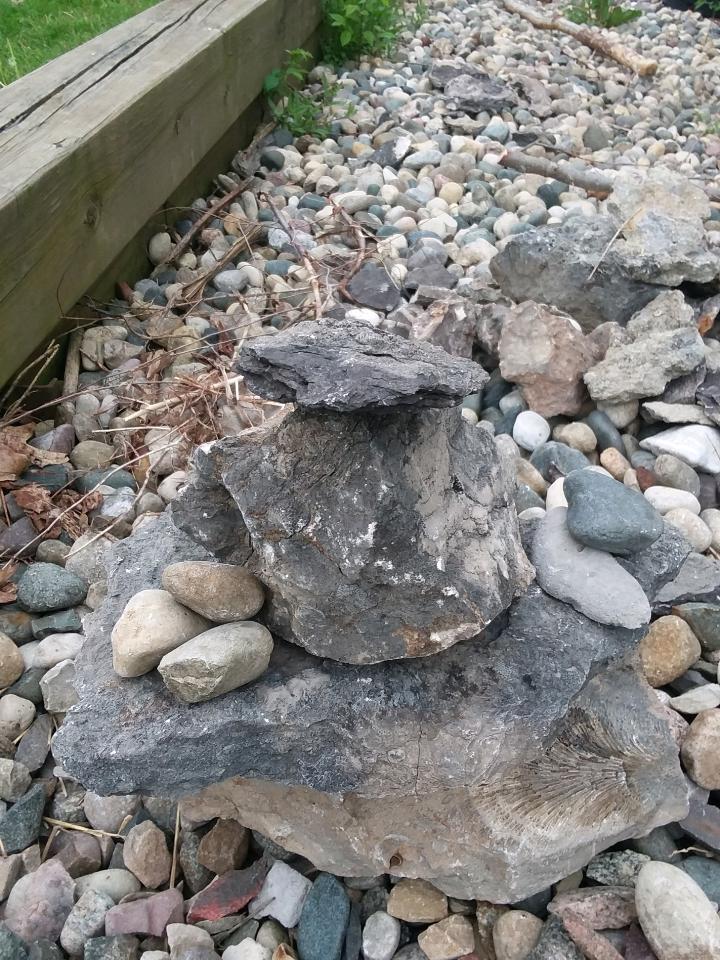

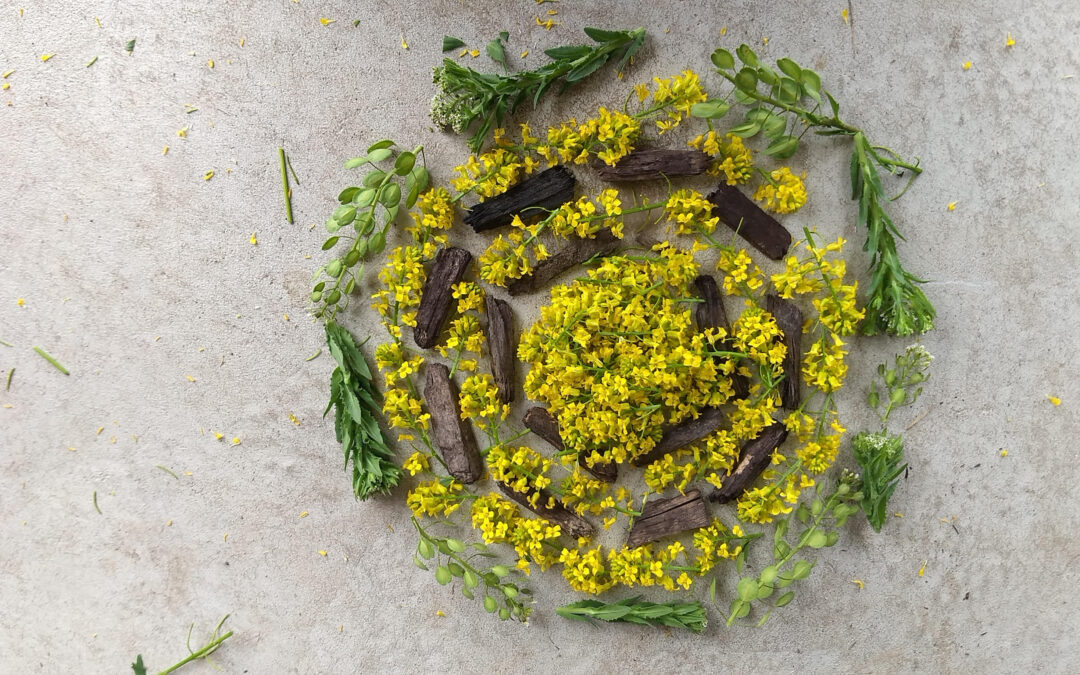
Recent Comments